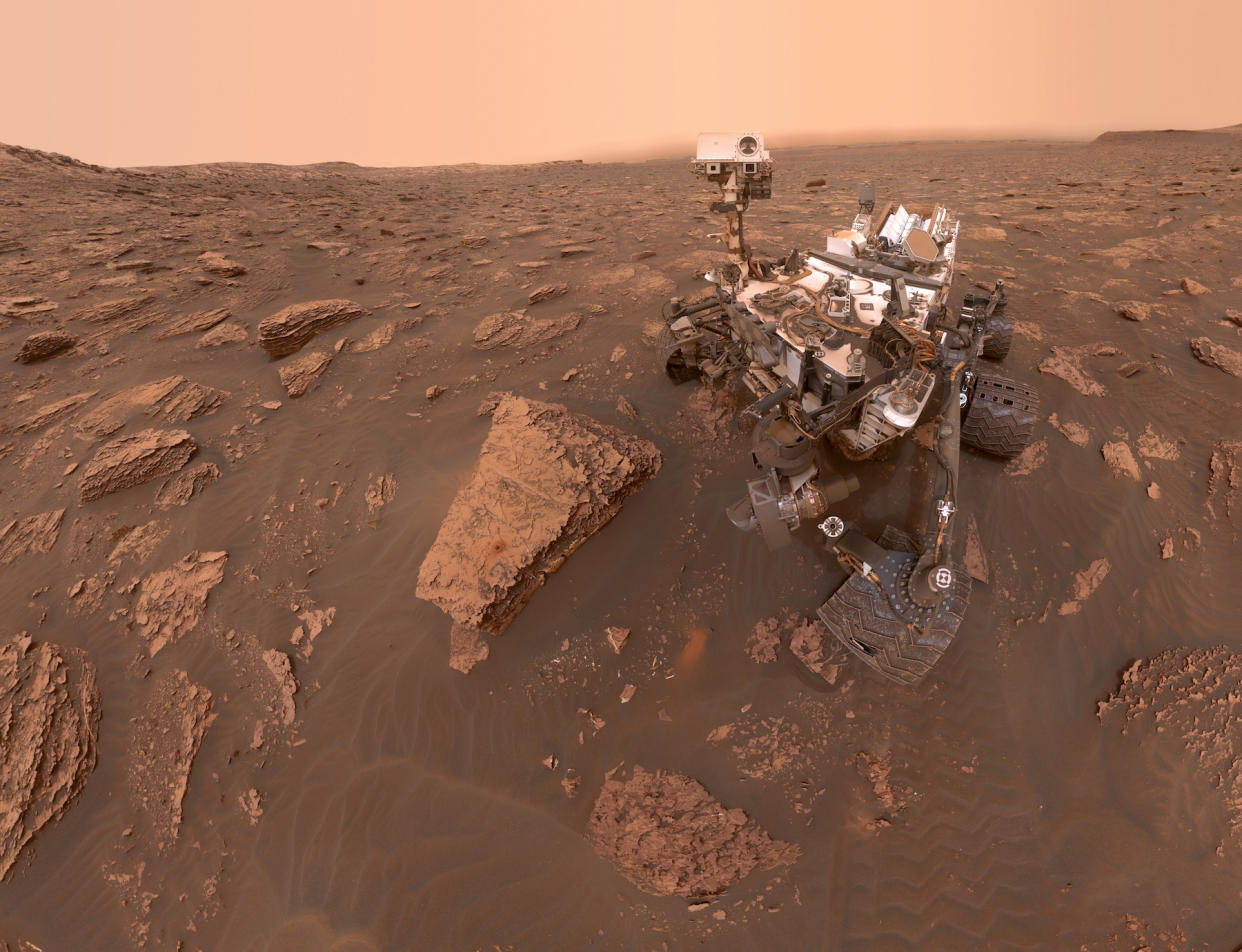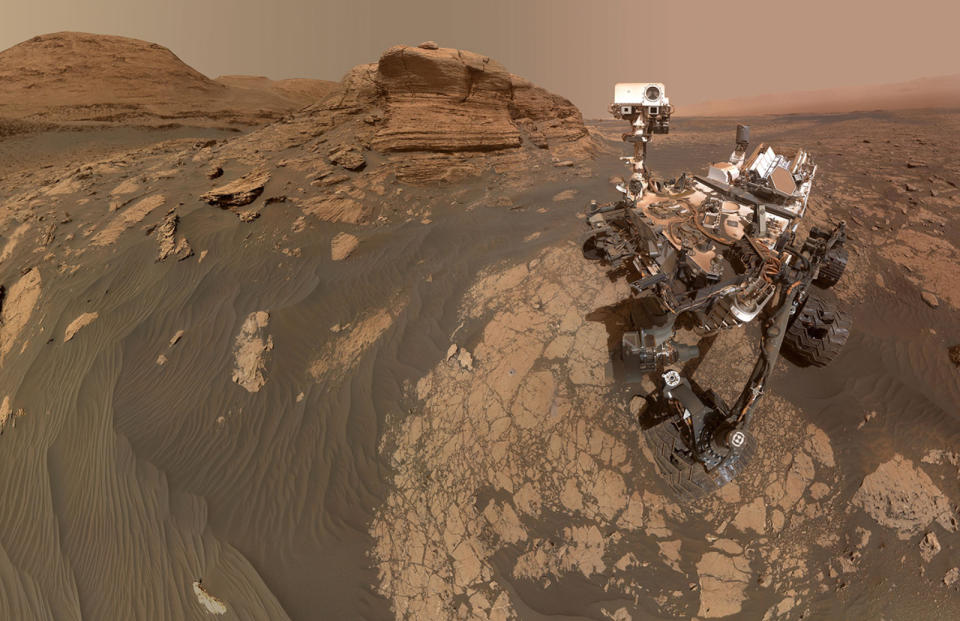NASA may have discovered evidence of ancient life on Mars

If you purchase an independently reviewed product or service through a link on our website, BGR may receive an affiliate commission.
NASA’s Curiosity Rover continues to send back new information about the Red Planet on a frequent basis. The latest discovery brings news of an interesting carbon signature that we didn’t expect to see on Mars. Following analyzations of rock samples returned by the rover, NASA announced that several of the samples are rich in a carbon type that we see on Earth, too. The signature, NASA claims, is most often associated with biological processes, which could give more credence to the possibility of life on Mars.
Don't Miss: Wednesday’s deals: $9 COVID tests, $99 AirPods, $179 Roomba, more
Today's Top Deals
Amazon has COVID-19 rapid tests in stock right now if you hurry!
Brand new AirPods Pro with MagSafe are so cheap it might be a mistake
Amazon's #1 best-selling bed pillows with 114,000 5-star reviews have a rare discount!
NASA Curiosity Rover samples bring more intriguing news

Of course, like many previous samples recovered from the Red Planet, these new ones continue to raise new questions. It’s worth noting that the existence of the carbon type on Mars isn’t necessarily proof of ancient life. A new study says that the signature could be proof of ancient life. However, it could also just be the result of an interaction between carbon dioxide and ultraviolet light. Additionally, it could be the remnants of carbon left behind after a major cosmic event that happened millions of years ago.
With so many possibilities, the samples continue to give NASA and other scientists plenty to think about. “We’re finding things on Mars that are tantalizing interesting,” Paul Mahaffy, a former Curiosity investigator stated in an announcement on NASA’s website. “But we really need more evidence to say we’ve identified life.”
Mahaffy also noted that the team behind Curiosity is looking at other possibilities behind the carbon signatures they discovered in the Curiosity Rover samples. The scientists published their study in the Proceedings of the National Academy of Sciences earlier this year. The authors break down their hypotheses as well as more information about the findings.
Letting go of Earth bias

It’s very easy to look at the data from these samples and to say that we’ve found proof of life. However, the reality of the situation isn’t that simple.
“The hardest thing is letting go of Earth and letting go of that bias that we have and really trying to get into the fundamentals of the chemistry, physics, and environmental processes on Mars” Jennifer L. Eigenbrode, an astrobiologist with NASA’s Goddard Space Flight Center, wrote in the announcement.
Eigenbrode says that we have to really open our minds and think outside the box. Once we do that, we can start to truly decode the data that we’re discovering on Mars. If we don’t do that we could end up misinterpreting the data that the Curiosity Rover samples have provided. This could jeopardize any missions to the Red Planet in the future.

